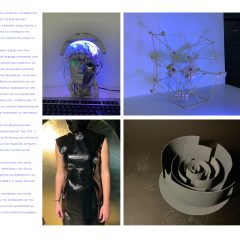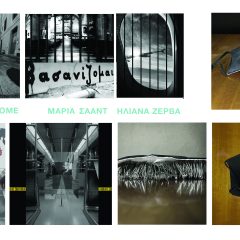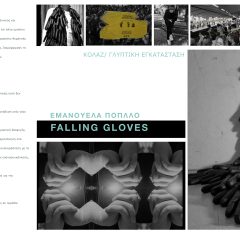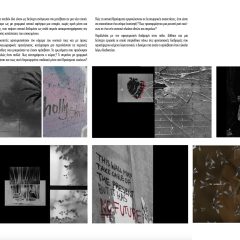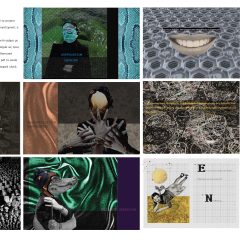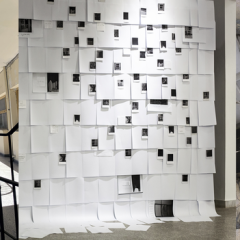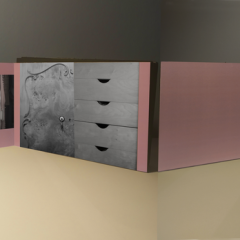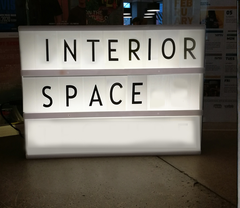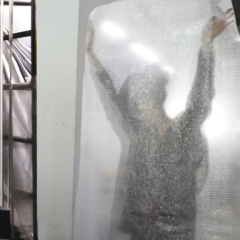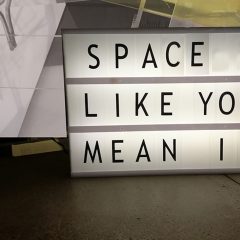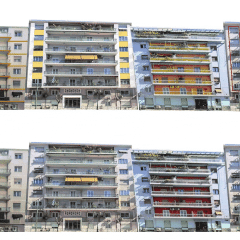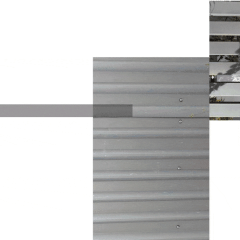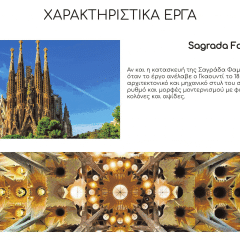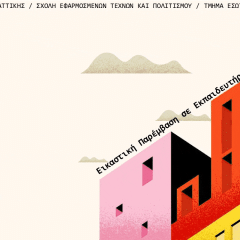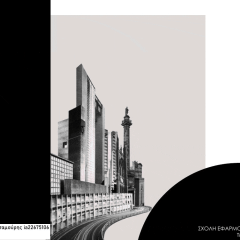General
During the 3rd semester of Visual Arts, emphasis is placed on developing student’s critical thinking, the evolution of personal expression and the ability to work and collaborate with others
Course content
Initially, the course focuses on semiotic analysis of photographic images and works of art. It explores how signs function and create new narratives and different meanings when images are organized into a storyboard. It also explores the open field between image and text as both are generated and conveyed through contemporary art practice.
Second project, is developed with similar theoretical tools and forms of expression. It focuses on how ideas are generated and how contexts are researched.
Following the concept which derives from an exhibition or a curatorial text, students have to organize their own context and develop their own work of art. The indicated methodology involves research into the art work of one or more than one artists. Theory and practice are inseparable throughout the programme. Students are asked to contextualise their work in oral presentations and contextual reports, as well as in project tutorials. Learning is assessed and supported in studio. The contents of the projects and lectures aim to focus on small-scale art installations, the interactions with other works of art, the communication and relationship between: object and object, person and object, person and person and finally place, object and person.
Programme aims
The Programme seeks to promote an understanding that ‘concept and context’ in art are valuable and transferable to areas of study and design architectural space, and indeed have relevance to everyday thinking and activity in general.
The Programme aims to:
1. expand students’ ideas beyond the strict delineation of conventional design
2. encourage students to consider and contextualise their work in broad philosophical and sociocultural contexts
3. build the students awareness of their own and others methods and practices in order to
develop their own skills of expression
6. encourage and promote work that is innovative, thoughtful, responsible and well considered
Learning Outcomes: Knowledge and Understanding
1. know how to source their own creative endeavours and to find and use resources in the
realisation and communication of their ideas
2. engage in a learner-centred pedagogy where they become actively involved in mediating and
supporting their own learning.
3. enables students to develop an awareness of the opportunities found within other relative areas to architecture like contemporary art
4. developing their thinking and creative actions through freely structured and dynamic processes.
5. develop techniques and skills and use them appropriately.
6. know how to think creatively.
Bibliography
• Brien O’ Doherty, Inside White Cube / The Lapis Press, 1979
Kerenyi Charles – “Introduction a l’essence de la mythologie”, ed. Payot
• Colin Rowe and Robert Slutzky, “Transparency” / Birkhäuser Verlag 1997.
Arthur Danto “What art is”
• Nicolas Bouriaud, The radicant, Lucas &Sternberg, 2009
• The Drawing Book, a Survey of Drawing: the Primary Means of Expression, Tania Kovats, Black Dog Publishing 2007.
• Susan Sontag, On Photography, 1973
http://www.lab404.com/3741/readings/sontag.pdf
Andre Malraux, Museum Without Walls https://monoskop.org/images/0/0a/Malraux_Andre_1947_1974_Museum_Without_Walls.pdf
• Ilya Kabacov, On the total Installation, 1955.
– https://www.independent.co.uk/arts-entertainment/art/features/from-totalitarianism-to-total-installation-8550568.html
• Robert Gober Interview
– https://www.youtube.com/watch?v=uks2CKl6ZJE
– https://bombmagazine.org/articles/robert-gober/


